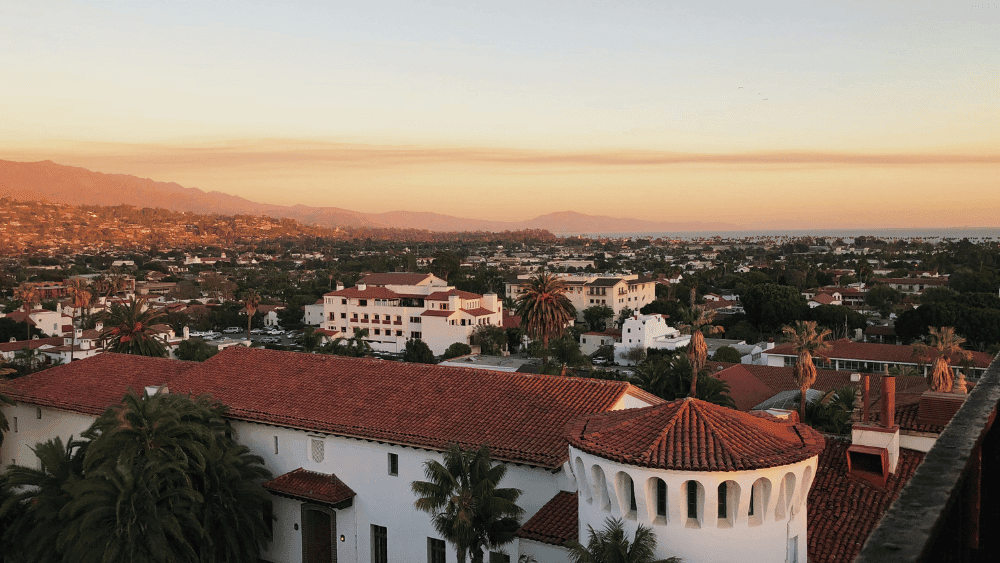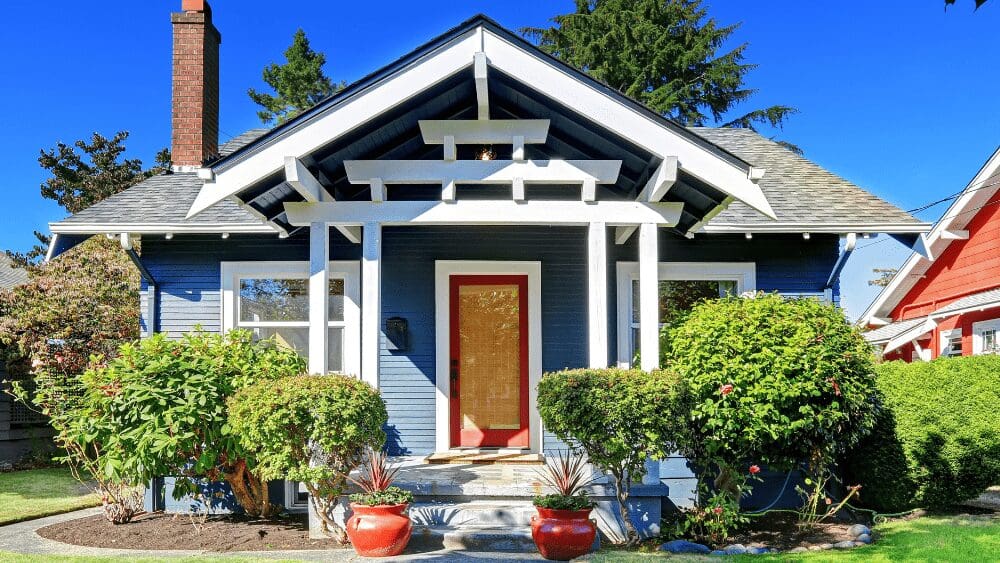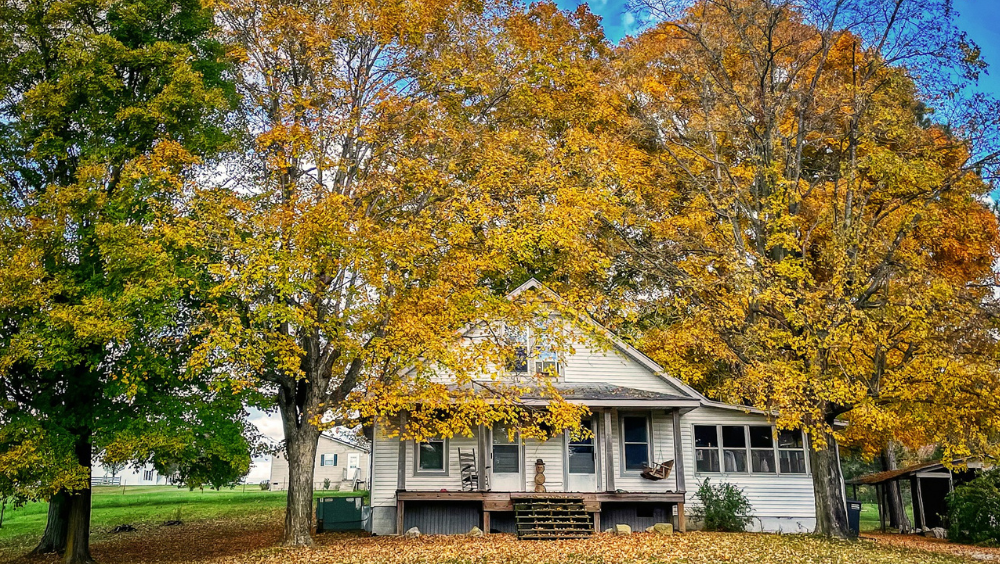Walkability. Heat stress. Urban sprawl. Welcome to the real reasons people are choosing where to live – and why the smartest cities are the ones that feel like a good party.
A great city, as historian and transport planner Philip Mallis puts it, is like a great party.
“You stay longer than strictly necessary because you're enjoying yourself.”
And yet for many Australians, the party’s not exactly pumping.
It turns out, the design of our cities – and how we move through them – might be having more of an effect on our lives (and our property decisions) than we think. From climate resilience to park access, transport links and sustainable cities, the conversation around real estate is shifting.
The walkable suburb glow-up
In 2025, the 20-minute neighbourhood isn’t a vibe – it’s a necessity.
“A healthy city is made up of a number of different components,” says Frasers property Australia executive general manager Emily Wood.
“But really, it's around having an integrated design and connection to everything you need, whether that's schools, parks, shops, education, employment, walkability or transport.
And it’s not just about ditching the car. Walkable suburbs are directly linked to healthier, more active communities.
Living in a 20-minute neighbourhood is becoming a bigger priority for Australians choosing where to live. Picture: Getty
“I don't think a lot of people really understand how strong the links are between transport and people's health and wellbeing,” Mallis says.
But the data’s clear. RMIT University social equity professor Hannah Badland says people who live in walkable areas are more likely to be physically active – and less likely to suffer from chronic conditions like obesity and diabetes.
“There is so much evidence in terms of people who live in more walkable neighbourhoods are more likely to be of healthy body weight. They are more likely to be physically active,” Badlands explains.
So, it tracks that walkable, well-connected suburbs are also climbing the ladder in terms of demand – and price.
Car-dependence is out; connectivity is in
A growing number of Aussies are over the long commutes, endless traffic and car-centric urban sprawl.
“A car-dependent society has physical and mental health impacts, rising incidence of non-communicable diseases like diabetes, obesity, and a range of other impacts,” Mallis says.
That’s not just bad news for our bodies – it’s bad design.
And cities are catching on.
Mallis says future-focused neighbourhoods are putting transport and access front and centre, designing communities where everything you need is nearby.
Think fewer highways, more bike lanes. Fewer drive-thrus, more laneway cafes. “We need to redesign our transport systems and networks to accommodate for this and make sure that we are providing those options.”
Future-focussed neighbourhood have a variety of transit options to choose from. Picture: Getty
The heat is real – and buyers are taking notice
We know climate change is heating up Australian cities – but not all suburbs are sweating equally.
Green Sheep Collective architect Shae Parker McCashen says high air temperatures are affecting residents all over Australia.
“They are affecting us in different ways across different suburbs,” she explains.
For people on the coast, where they've got access to open space and great quality air and the beach, Wood explains, it’s a very different experience to say Western Sydney that is very concrete and asphalt and really absorbs that heat.
That means suburbs that lack shade, trees and access to green space are becoming less liveable – and, by extension, less desirable.
And for those in newer developments, Mallis says the risk is even higher.
“If you live in a new suburb, trees haven't had a chance to grow yet and that increases the ambient temperature significantly by up to 10 to 15C.”
Savvy buyers are already prioritising climate-resilient suburbs with mature tree cover, breezy streetscapes and design that keeps the temperature – and energy bills – down.
Green space = capital gain
We’re not just craving more square footage – we’re craving breathing space. And not just for the dog.
“Being able to access public open space not only is important for physical health but really important for mental health” Badland says.
Nearby parks not only provide a welcome respite for residents, they increasingly important features for home buyers. Picture: Getty
So, what’s the best way to negate the impacts of climate change in high temperatures?
“To make sure that the city is designed well,” Mallis says. “We need lots of shade.”
With a warming climate, parks and green corridors are no longer just council box-tickers – they’re emotional (and economic) assets.
So what’s next?
The suburbs that win in the next five to 10 years won’t just be the ones with the best views or proximity to CBDs – they’ll be the ones that work for the way we live now.
Cooler, greener, easier to get around. Thoughtfully designed. And future-fit.
“I think the number one step to making healthier cities is to get the transport right,” Mallis says.
Connecting people with nature, building houses that enable us to manage heat stress and really thoughtful and clever design in the products and the places where we live going forward will also play a critical role.
Because at the end of the day, where you live isn’t just about postcode pride – it’s about building a life that feels good.
And if your suburb doesn’t make you want to stay a little longer than necessary? Well, now you know what to look for in your next move.
This article was originally published on 19 Jun 2025 at 9:26am but has been regularly updated to keep the information current.



















 English (US) ·
English (US) ·